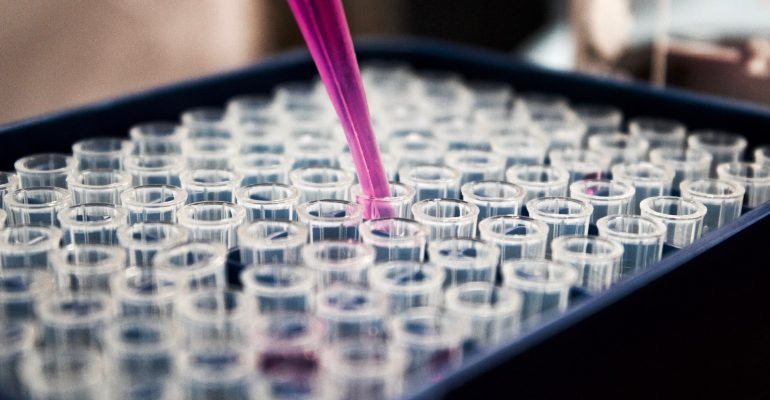Benefits of Device Integration with LIMS

Benefits of Device Integration with LIMS
Advancing technology has led to an increase in data volumes in modern-day laboratories. This excess in data is an opportunity for improving innovation and allowing for timely and efficient decisions. However, large amounts of data can bring new challenges. This is particularly true for data management and processing.
One way that laboratories have responded to these new challenges is to automate and integrate operations and processes. Doing so offers digital continuity in the product lifecycle. Fitting lab instruments together with Laboratory Information Management Systems (LIMS) is a proactive way to automate processes and manage data.
Some of the instruments that can be integrated with LIMS include GC, GCMS, HPLC, LCMS, ICP, Particle Counters, DNA Sequencers, Balances, Titrators, and AA Analyzers.
Benefits of Device Integration
There are several benefits that labs can get from device integration including:
Operation Efficiency and Productivity
LIMS integration can improve lab efficiency and scientist productivity. Lab instruments that are integrated can receive run information directly from the LIMS. This can save scientists time. Without the need to do manual transcription or transfer data from the instrument to LIMS, a scientist can save even more time. This can improve overall productivity for the lab.
Data Quality and Integrity
Automation can also remove data transcription errors in workflows. Thus, instrument integration can lead to better data quality and integrity. The FDA has been concerned with data integrity recently, particularly with regard to the data pathway between lab instruments and the LIMS
or ELN. By using a properly validated system labs can get rid of concerns over data integrity.
User Satisfaction
Lab scientists often find the task of writing results down and manually entering data to be tedious and time-consuming. Integrating instruments with LIMS can save scientists time and effort. This allows them to spend their time on more challenging and important tasks. Improving user satisfaction is one of the best reasons to adopt device integration.
Innovation Opportunities
With scientists free from time-consuming tasks like data transcription, they will have more time to focus on work that leads to innovation. Moreover, instrument integration offers data integrity and continuity that is needed for scientific collaboration. This can further increase innovation opportunities.
Device Integration Best Practices
To get the most from instrument integration, labs need to prevent time and cost overruns by employing careful planning and utilizing best practices. Here are some tips for device integration:
Assess Integration Opportunities with Current Devices
The best projects always start with a plan. Plans always include an investigation of what needs are present. Instrument integration works the same. Start by surveying the instruments in your lab so you understand the scope of the device integration that needs to be done. Note the options each instrument has for integration. Also, document the type and quantity of data that the instrument outputs.
Prioritize Integration Impact by Device
Device integration can be a time-consuming process. Allow yourself enough time to do it right. Once you have identified the instruments that should be integrated assess whether the effort to integrate it will be worth it. Let the estimated return on investment (ROI) be your lead. Consider things such as:
- How often the instrument is used and how much data does it produce?
- How essential are these data results for lab processes?
- How much time and effort would device integration save scientists?
- Would integration significantly improve data integrity in the lab?
- How simple it is to connect the instrument to the network to integrate it with LIMS?
When contemplating the last question, include operating system actualization and compliance issues with the network. This may include company policies as well as the complexity of data produced by the device.
Interface Critical Path Devices First
Create a plan that identifies the instruments that need to be integrated. Once that list has been created, start with the simplest ones first. Often this is the critical path instruments. These are the ones with a high ROI that have a lot of value to your lab. Starting with the easiest device integrations first can help build momentum and morale among lab staff. Consider the instruments in your lab that have high data output as well as compatible software, such as a GC or HPLC.
Labs looking to improve productivity, data integration, and innovation will find that device integration is key. Whether you need to integrate older instruments with your LIMS or you have purchased new ones that have not yet been integrated it is worth the time and effort to undergo your device integration process.
New technology and tools are available that make instrument integration a less intimidating prospect. Many of the LIMS available can seamlessly interface instruments. With a good plan and best practices in hand, lab upgrade projects can create a good ROI.
